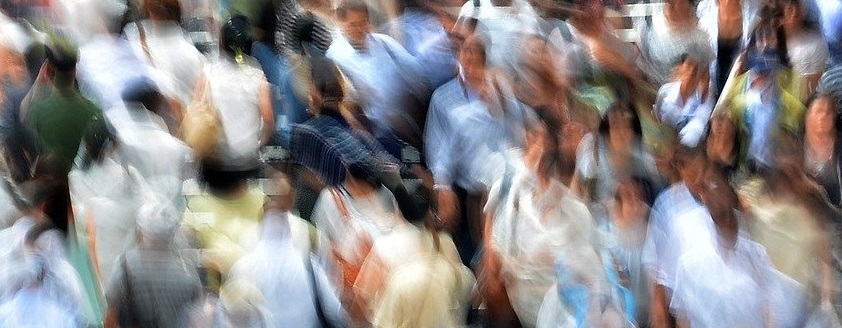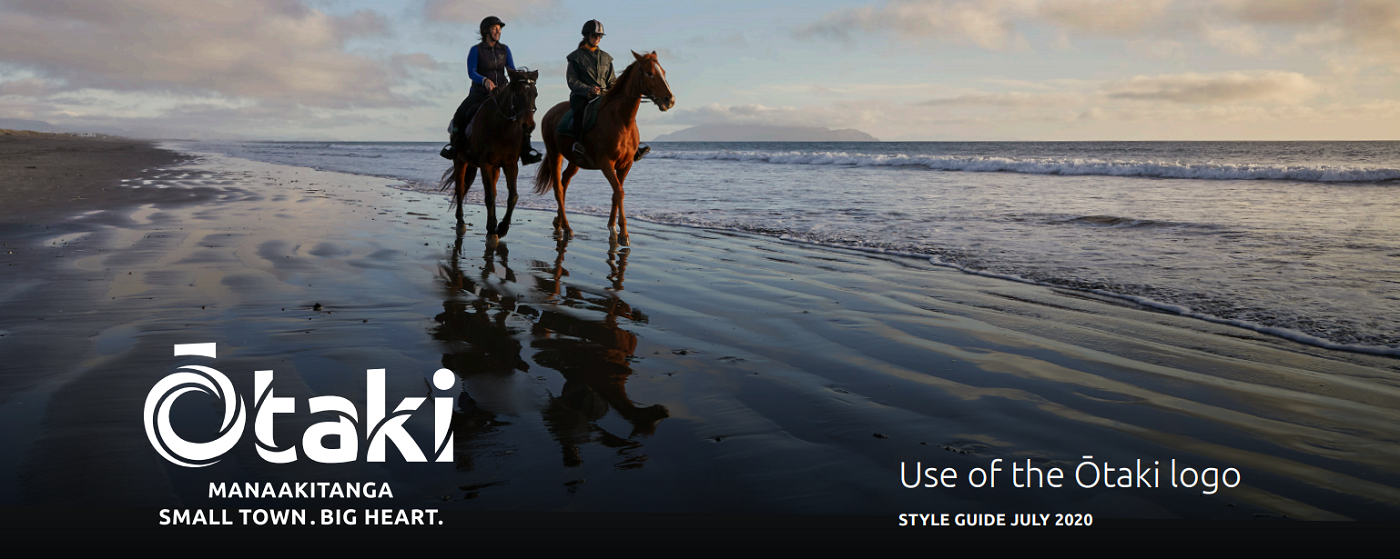
The Ōtaki district had 9180 residents as of the 2018 Census, 906 more than the previous Census in 2013 – an increase of 10.95 percent.
The greatest increase was in Te Horo, which was up 15.15 percent to 1422; followed by the Ōtaki urban area, up 12.58 percent to 3489; and Ōtaki Beach, up 12.22 percent to 1818.
The figures were released recently by Stats New Zealand.
The Ōtaki district includes Forest Lakes, Waitohu, Ōtaki (including the township and railway areas), Ōtaki Beach, Ōtaki Forks and Te Horo. All had population increases, the lowest being at Forest Lakes, which had only 39 new residents, an increase of 6.25 percent.
Ōtaki Ward Councillor James Cootes says the increases confirm anecdotally what he’s seeing and hearing.
“I predict the completion of Transmission Gully and the Peka Peka to Ōtaki expressway will only further add to growth in numbers as Wellingtonians choose our community for its relaxing and friendly lifestyle,” he says. “What is important is that our community retains what makes its ‘special’ as newcomers choose the Ōtaki way of life.”
Overall, the latest data show there were 402 more females in the district than males (4791 compared with 4389), most notably in the Ōtaki area where there were 207 more females than males.
Those who identify as Māori total 2739, up a whopping 35 percent on the 2013 Census. Māori represent 23.8 percent of the total Ōtaki population, up 2.5 percentage points. In the New Zealand population, 16.5 percent are Māori. In the Ōtaki area, 41.4 percent are Māori, with 37 percent at the beach and 28.8 percent in Waitohu. The lowest percentage is at Ōtaki Forks (8.5%).
Asian people accounted for 3.3 percent of the Ōtaki district population, Pacific people 2.9 percent and 2.2 percent were “other”.
Those in Ōtaki speaking te reo Māori to a high level account for 10.2 percent of all residents, and as high as 19.2 percent in the township. The rate in all of Kāpiti is 4.3 percent, about the same as the national figure.
The average age of the Ōtaki resident was 48 – the youngest in Ōtaki township (43) and the oldest in Forest Lakes (52).
The median individual annual income was $29.483. Most householders owned their home (59.7%), and 24.3 percent did not own their home. The rest (15.9%) had their home in a family trust
A total of 44.2 percent of the population was in paid full-time work (45.5% for Māori), 16.2 percent in part-time work (18%), 3.7 unemployed (9%) and 36 percent not in the labour force (29.2%).
Of the general population, 17.3 percent were studying full-time and 2.9 percent part-time.
The smoking rate continues to fall, with 13.7 percent regular smokers in 2018 compared with 14.9 percent in 2013. Among Māori the smoking rate is still higher than for the general population, at 23.3 percent, though down from 25.7 in 2013 and 35.2 percent in 2006. For both the general population and Māori, rates are highest among Ōtaki and Ōtaki Beach residents; lowest in Ōtaki Forks.
In other 2018 figures, 52.7 percent of Ōtaki district people had no religion and 34.75 percent were Christian. The median weekly rent in 2018 was $257 and 85.7 percent of the population had access to the internet.
LATEST POSTS
- Accommodation
- Achievements Celebrations
- Active Recreation
- Animals
- Arts Culture
- Attractions
- Business
- Cafes Restaurants Bars
- Children
- Come To Live Here
- Come To Visit
- Commemorations and Reunions
- Community
- Community Action
- Community Development
- Community Economic Development
- Community Resilience
- Community Services
- Complaints Protest
- Crime
- Development Business
- Development Economic
- Development Urban Planning
- Eco Environment
- Education
- Education Skills
- Emergency Preparedness
- Event Promotion
- Family
- Family History
- Food Drink
- Fundraising
- Global Issues
- Health
- History Legacy
- Housing
- Infrastructure
- Kindness Respect
- Language
- Local People
- Local Political
- Maori
- Obituaries
- Our Neighbourhood
- Philanthropy
- Political
- Projects Causes
- Recognition Awards
- Resources Available
- Rural Communities
- Safe Behaviour
- Safe Communities
- Service Clubs
- Shopping Retail
- Spirituality Religion
- Stories About People
- Technology Science
- Town Environments
- Transport
- Volunteering
- Young People
- Youth Employment

